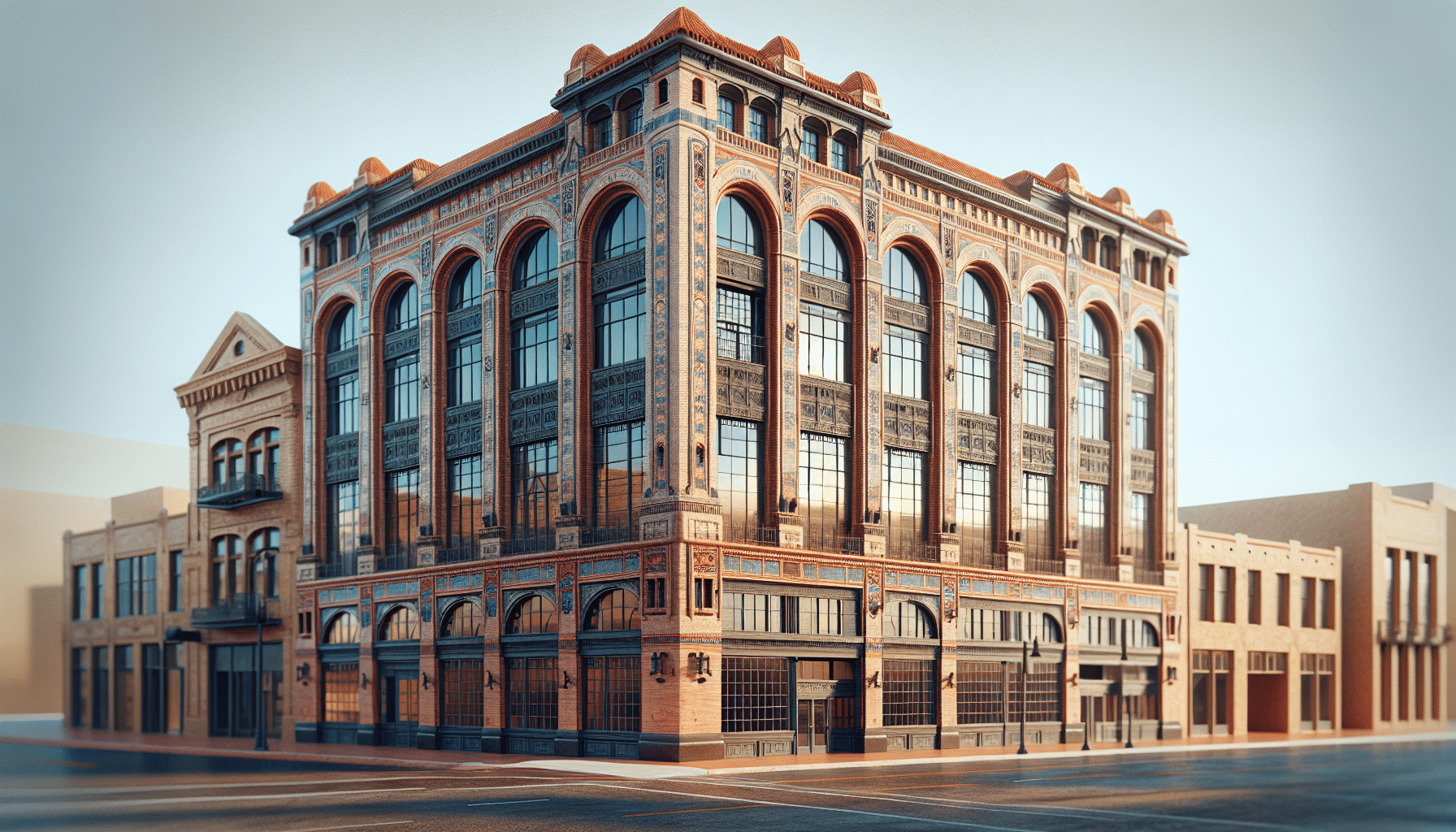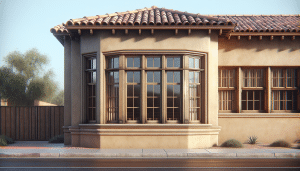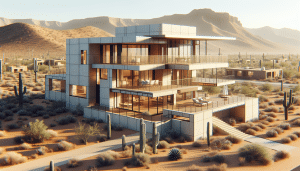We at Arizona Window Company understand the unique challenges of maintaining historic buildings. This article will help you navigate the complex process of Glass Replacement while preserving the character of your treasured property. If you are a homeowner in need of guidance, you’re in the right place. Let’s dive into the essential steps and considerations!
Contents
- 1 Understanding Historic Glass
- 2 The Importance of Historical Accuracy
- 3 Modern Alternatives
- 4 Causes for Glass Replacement in Historic Buildings
- 5 Benefits of Professional Consultation
- 6 Steps Involved in Glass Replacement
- 7 Choosing the Right Glass
- 8 Preservation Techniques
- 9 Long-term Maintenance Tips
- 10 Case Studies and Testimonials
- 11 Conclusion
Understanding Historic Glass
Glass in historic buildings is not just any ordinary glass; it’s an integral part of the property’s character. From wavy textures to unique imperfections, these panes tell stories of the past. Replacing them without losing their charm can be quite a task.
Before proceeding with any replacements, it’s crucial to understand what type of glass you’re dealing with. This knowledge can guide your decisions, ensuring the preservation of aesthetic value while meeting modern standards.
The Importance of Historical Accuracy
Preserving historical accuracy is paramount when replacing glass in historic structures. Even the slightest deviation can alter the building’s authentic appearance, diminishing its historical value.
We always recommend doing thorough research to find materials that closely match the original glass. This might involve specialized suppliers or custom manufacturing processes, but the result is worth the extra effort.
Modern Alternatives
Sometimes, modern glass alternatives can effectively mimic historical glass while offering enhanced durability and energy efficiency. However, striking the right balance between authenticity and modern benefits can be tricky.
One popular choice is laminated glass, which provides a traditional look but with added strength. Similarly, insulated glass can offer better thermal performance while maintaining a vintage appearance.
Causes for Glass Replacement in Historic Buildings
Over time, glass in historic buildings may deteriorate due to numerous factors. Identifying the root cause can help in choosing the right replacement strategy.
Weathering, accidental damage, and even faulty past repairs can contribute to the decline. By understanding these causes, you can take preventative measures to extend the lifespan of the new glass.
Benefits of Professional Consultation
While DIY replacement projects might seem tempting, consulting with professionals is often the best route. Here are five key benefits:
- Expertise: Professionals bring years of experience and specialized knowledge.
- Quality: They use high-grade materials that precisely match historical requirements.
- Permitting: Many historic buildings require special permits for renovations, which professionals can easily navigate.
- Efficiency: They complete the job faster and more effectively, without compromising on quality.
- Safety: Handling glass can be dangerous, and pros have the necessary safety gear and training.
Steps Involved in Glass Replacement
The process of glass replacement in historic buildings is meticulous but rewarding. Several steps ensure the outcome is both beautiful and functional.
Firstly, a detailed assessment of the existing glass is conducted. Then, samples may be taken for accurate matching. The glass is carefully removed, and the new panes are installed with precision. Finally, finishing touches are applied to blend the new glass seamlessly with the old.
Choosing the Right Glass
Selecting the right type of glass is crucial. Options range from hand-blown glass to machine-made alternatives, each with its pros and cons.
Custom glass manufacturing can reproduce the exact look and feel of the original panes. Alternatively, high-quality replicas available in the market can offer a similar appearance with added benefits such as UV protection.
Preservation Techniques
Preserving the integrity of a historic building extends beyond just the glass. Special techniques can enhance durability and maintain the structure’s character.
For instance, incorporating UV filters can protect interiors from sun damage. Also, using appropriate sealants ensures longevity and prevents drafts, keeping your home both beautiful and comfortable.
Long-term Maintenance Tips
Routine maintenance plays a pivotal role in preserving the elegance of your glass installations. Here are five maintenance tips to keep in mind:
- Regular Cleaning: Use gentle, non-abrasive cleaners to maintain clarity and shine.
- Inspect for Damage: Frequently check for chips, cracks, or other signs of wear.
- Sealant Checks: Ensure that the sealants are intact to avoid drafts and leaks.
- Avoid Direct Pressure: Be cautious when cleaning or working near the glass to prevent accidental damage.
- Professional Inspections: Schedule periodic professional evaluations to catch issues early.
Case Studies and Testimonials
We have had the pleasure of working on a variety of fascinating projects. From century-old homes to historical landmarks, our expertise in glass replacement has breathed new life into these treasures.
Homeowners frequently commend our meticulous attention to detail and how our work seamlessly integrates with the original design. These testimonials offer insight into the satisfaction of preserving history without sacrificing quality.
Conclusion
Preserving the past through glass replacement is both challenging and rewarding. With the right approach, you can maintain the historical charm of your property while enjoying modern comforts. Contact Us today by phone at 480-526-4456 or Request a Free Quote.




